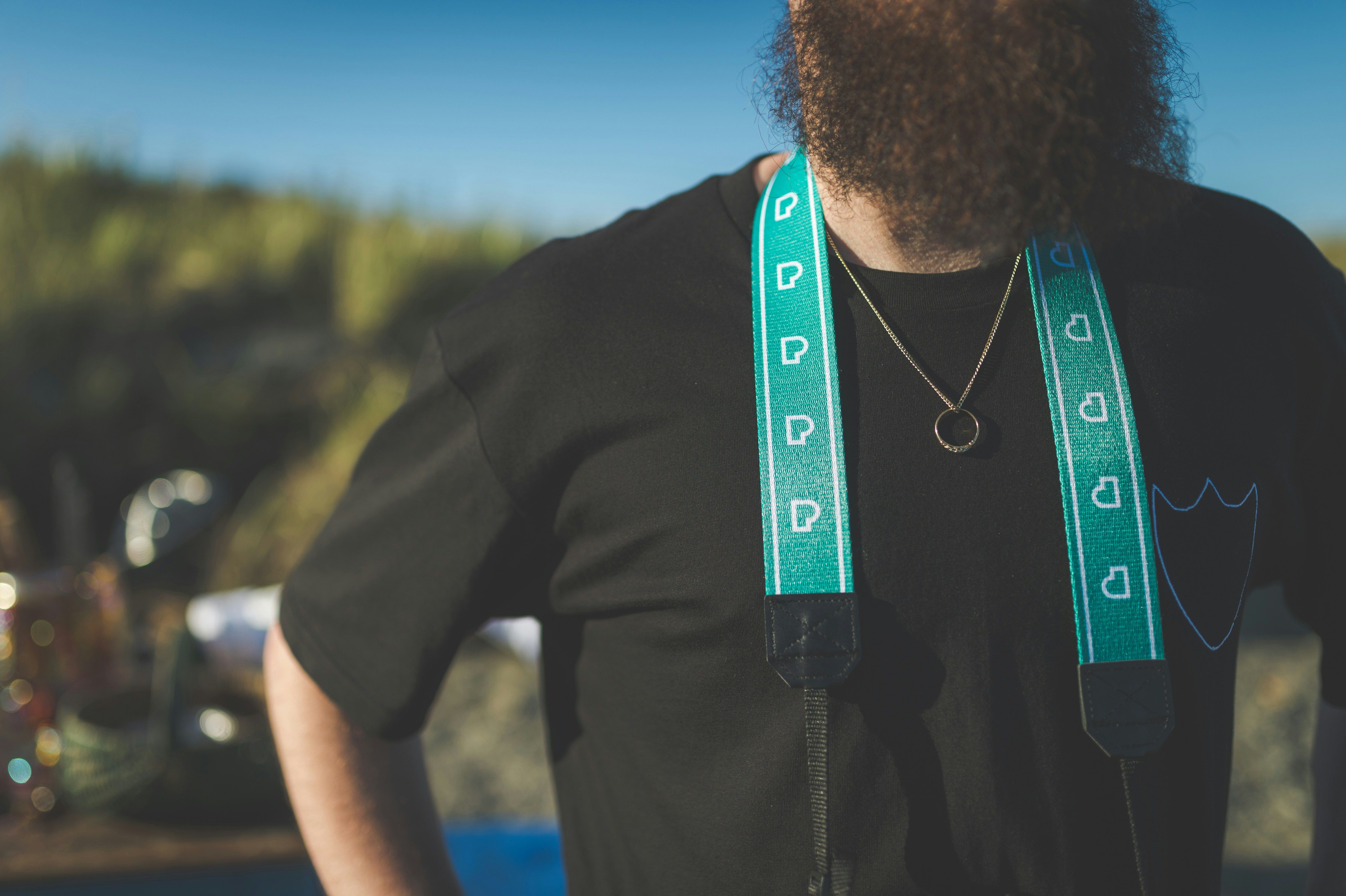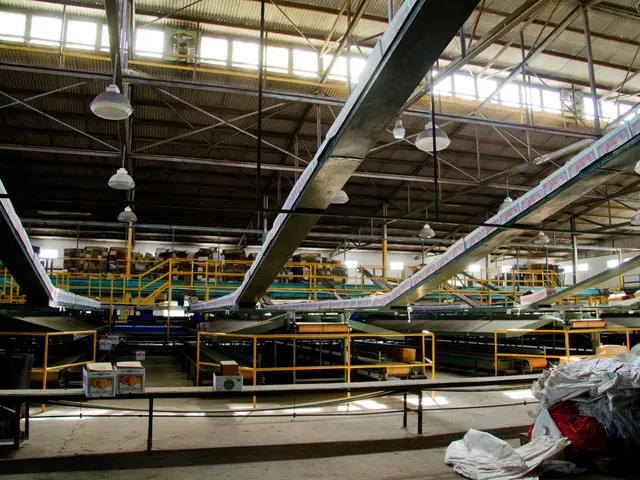Thriving City Paris: The Fertile Heart of Cultivation
Paris Embraces Urban Agriculture
Once renowned for its romantic charm and iconic landmarks, the French capital is now making waves as a pioneer in urban agriculture. The ambitious initiative, Parisculteurs, is spearheading this transformation, transforming previously neglected city spaces into productive agricultural zones.
Established in 2016, Parisculteurs collaborates with over 30 companies, public entities, and Parisian property owners, as well as 15 local authorities, to identify suitable sites across the city for urban farming projects. Since launching, the program has approved over 100 projects spanning 30 hectares, with 78 already implemented, representing more than 21 hectares of active agricultural areas in the greater metropolitan region.
The innovation embedded in this project is evident from the unique settings of the farming ventures. Projects range from a mushroom farming startup in an underground carpark to a microgreens greenhouse situated on a non-drinking water reservoir in the city center, double-functioning as an educational hub for aspiring urban farmers. Additionally, school rooftop gardens have been designed to teach students about horticulture and healthy eating habits.
Géraldine Pleis, a former project manager for urban farming at the City of Paris, elucidates the multifaceted benefits of Parisculteurs, touching upon both environmental and societal aspects:
"Urban agriculture offers tangible advantages, such as enhancing biodiversity, creating cool islands on rooftops, absorbing rainwater, and fostering awareness of sustainable food and seasonality. It also provides fresh produce directly to Parisians."
Mayor Anne Hidalgo, since her election in 2014, has championed a green agenda for Paris, with urban agriculture serving as its cornerstone. However, urban farming has a much deeper-rooted history in the city. Between 1850 and 1900, it is estimated that up to 6% of all land within the city limits was dedicated to urban agriculture, feeding Parisians with a diverse array of fruits and vegetables throughout the year.
As the city evolved, urban planning policies and the development of transportation infrastructure pushed urban farming to the city's outskirts, severing the connection between Parisians and their food sources.
However, the Paris of today faces a new set of challenges as it seeks to reintroduce agriculture to its modern urban landscape. Géraldine Pleis highlights the regulatory obstacles and accessibility issues that plague the program:
"The biggest hurdles for the city and Parisculteurs are regulations concerning urban planning and accessibility. Each site must meet certain standards, and when a public building is involved, the City of Paris bears the costs of approval."
Despite these difficulties, Parisians have largely shown support for the initiative, a sentiment that Pleis attributes to the program's consultative approach.
"We involve inhabitants from the outset when presenting the project to their neighborhood councils during jury deliberations for each site to ensure integration and community participation."
For other cities looking to emulate Paris' success in urban agriculture, it's crucial to assemble substantial political support and financial resources. Moreover, ongoing monitoring and data collection are essential to better grasp the various issues within the urban agriculture realm.
The politics backing Parisculteurs have proven solid, as Mayor Hidalgo was re-elected in 2020, and, after a second round of tenders announced in 2023, the future of Parisculteurs remains promising. Géraldine Pleis and her team aspire to expand the program to military barracks, private schools, ministry buildings, and even peri-urban sites, paving the way for another bountiful season of urban agriculture in the City of Light.
- As a testament to the program's impact on lifestyle, the microgreens greenhouse in the city center functions not only as a productive agricultural zone but also serves as an education hub for individuals interested in food-and-drink and self-development.
- In alignment with the city's green agenda, rooftop gardens in schools are designed to foster home-and-garden skills among students, promoting healthy eating habits and a better connection with their city's environment and agriculture.






